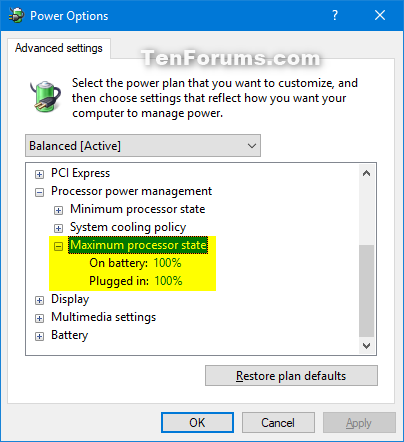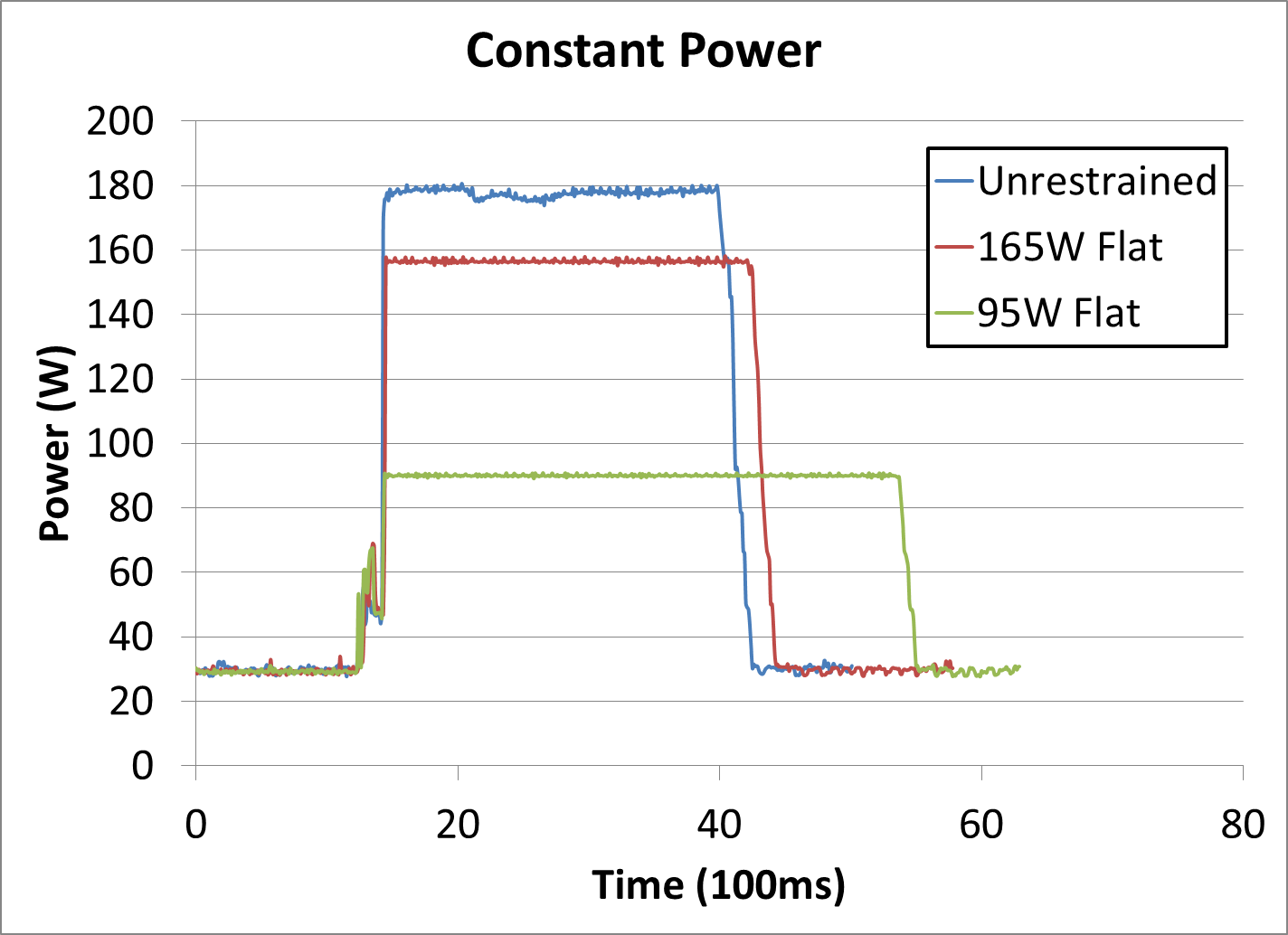

But a CPU clocked at 4.6GHz is just 2 percent faster than a CPU clocking in at 4.5GHz. Just 5 percent of the CPUs in the batch are capable of hitting 4.6GHz. Now, consider Der8auer’s data on the Ryzen 9 3900X: Some tests are also more sensitive than others to RAM timing, SSD speed, or a host of other factors. It’s not unusual, however, to be plus-or-minus 2-3 percent relative to either the manufacturer or our fellow reviewers, and occasional excursions of 5-7 percent may not be extraordinary if the benchmark is known for producing a wider spread of scores. If performance is oddly low or high, CPU and RAM clocks are the first place to check. When checking overall performance, however, we tend to compare benchmark results against manufacturer expectations as opposed to strictly focusing on clock speed (performance, after all, is what we are attempting to measure). We correspond with various motherboard manufacturers to tell them what we’ve observed and we update platforms throughout the review to make certain power behavior is appropriate and that boards are working as intended. Oftentimes, those updated UEFIs specifically fix issues with clocking. It’s common for UEFI updates to arrive after our testing has already begun.

The reason I say that view is “theoretical” is that we see a lot of variation in CPU behavior, even over the course of a single review cycle. But CPUs from both Intel and AMD have typically been viewed as at least theoretically being willing capable of hitting boost clock in some circumstances. Oftentimes it is left to reviewers to typify device behavior based on post-launch analysis. Smartphone vendors don’t advertise base clocks at all and don’t provide any information about sustained SoC clock under load. In other realms, like smartphones, it is not necessarily unusual for a device to never run at maximum clock. Top-end CPUs like the Core i9-9900K may throttle back substantially when under full load for a sustained period of time (20-30 seconds) if the motherboard is configured to use Intel default power settings. CPUs from AMD and Intel will sometimes run at lower clocks depending on the mix of AVX instructions. This is no longer true, for multiple reasons. At first, CPUs with “Turbo Boost” simply appeared to treat the higher, optional frequency as their effective target frequency even when under 100 percent load.

The entire reason that Intel (who debuted the capability) launched Turbo Boost as a product feature was to give itself leeway when it came to CPU clocks.

But an excellent product can still have issues that need to be discussed. Following his analysis of the results, Der8auer makes it clear that he still recommends AMD’s 7nm Ryzen CPUs with comments like “I absolutely recommend buying these CPUs.” There’s no ambiguity in his statements and none in our performance review.


 0 kommentar(er)
0 kommentar(er)
